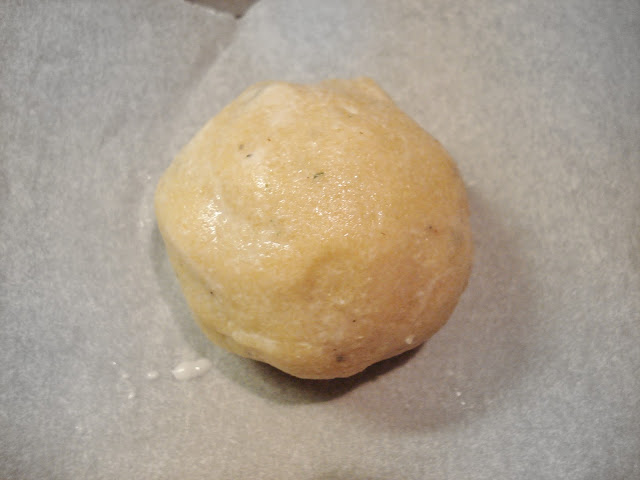"As for Rosemarine, I lett it runne all over my garden walls, not onlie because my bees love it but because it is the herb sacred to remembrance, and, therefore to friendship; whence a sprig of it hath a dumb language that maketh it the chosen emblem of our funeral wakes and in our burial grounds." Sir Thomas More (1478-1535)Rosemary or Rosemarinus officinalis is deemed to be a symbol of friendship and remembrance all over the world. The tradition of laying sprigs of rosemary over a coffin or tombstone dates back to ancient Egypt and was continued well into the Middle Ages. Sprigs of Rosemary have been found in the wrappings of Egyptian mummies and the Ancient Greeks used to burn branches of the herb on the altars of their Gods, considering it to be a sacred herb. Rosemarinus means "dew of the sea" and the herb grows wild in Mediterranean coastal areas. An evergreen shrub with strongly aromatic needle-like leaves, Rosemary is a member of the mint family and related to basil and thyme.
It has been suggested that the Virgin Mary, when fleeing from Herod's soldiers, spread her blue cloak over a white flowering Rosemary bush to dry and when she removed it, the flowers had turned blue in her honour, hence the name Rosemary. The herb has also associated with ancient folk lore when Rosemary was called "Elf Leaf" and sprigs were hung around the home to keep out thieves and witches and to prevent the fairies from stealing young children. It was burned during the Black Death in the 14th Century and carried and sniffed in 1665 to prevent catching the Great Plague of London.
I've never had much success growing Rosemary. The pot on the left was grown from seed last year and out of twelve seeds planted, it was the only one to germinate. The pot on the right was bought from a garden centre in March and is beginning to grow rapidly. The plant in my garden is too woody to use in cooking and has therefore become an ornamental shrub.
Medicinal Uses
A recipe for a tonic from the flowers of rosemary can be found in one of the earliest herbals known to be printed in England, Banckes Herbal..
“take the flowers thereof and boyle them in fayre water and drinke that water for it is for it is much worthe against all manner of evils in the body."Containing the antioxidants carnosic acid and rosmarinic acid, rosemary's properties also include other bioactive compounds including camphor, caffeic acid, ursolic acid, betulinic acid, rosmaridiphenol, and rosmanol. Research has shown that some of these compounds may be useful in preventing or treating cancers and strokes. It is also high in salicylates. Rosemary is believed to assist is the treatment of :
- circulation disorders
- dandruff
- depression
- arthritis
- migraines
- mouth infections
- healing wounds
- bruises and scars
- indigestion
Research has also discovered that certain phytochemicals in the herb prevent the degradation of acetylcholine, an important brain chemical needed for normal neurotransmission. A deficiency of this chemical is commonly seen in people with Alzheimer's Disease. Perhaps this is why the Ancient Greek scholars wore garlands of rosemary to help their memory.
Nutritional Benefits
Rosemary is a good source of :
- vitamin A
- vitamin B2
- vitamin B5
- vitamin B6
- vitamin C
- folic acid
- magnesium
- calcium
- manganese
- iron
- potassium
- copper
Cooking with Rosemary
Rosemary has a floral aroma similar to pines and a strong taste which can overwhelm other foods. It compliments similarly strong flavours such as garlic and is a classic partner of goat's cheese. It combines well with butternut squash, chestnuts, hazelnuts, mushrooms, olives, onions, peas and potatoes. It also goes extremely well in sweet dishes with ingredients including orange, chocolate, grapes, lemon and apricots.
Rosemary and Garlic Bread Rolls GF SCD
320g ground almonds
1½ tblsps honey
2 large eggs
2 tblsps extra virgin olive oil
1 to 2 tblsps chopped fresh rosemary
3 large cloves garlic crushed
1 tsp bicarbonate of soda
a large pinch of salt
freshly ground black pepper
Set the oven to 180°C. Chop the rosemary very finely, don't worry if you include a bit of the stem if the rosemary is growing. However, if the stems are woody strip the leaves. If you want a milder flavour use one tablespoon, increase the herb according to taste but be cautious, don't add too much!
Measure the eggs, honey and extra virgin olive oil and crushed garlic into a food processor or bowl and whisk together until light and fluffy. Add the chopped rosemary.
Measure the ground almonds, bicarbonate of soda and salt into a bowl and add to the whisked liquids. Add a few twists of freshly ground black pepper.You don't have to use a processor. Mix together well.
Wet your hands with cold water and roll the mixture quickly into six or eight balls, then place on a baking sheet lined with baking parchment.
Place into the oven, cook at 180°C for five minutes then turn the heat down to 150°C and cook for a further twenty to twenty-five minutes. Cover with some foil towards the end of the cooking time if they appear to be getting too brown. The buns are ready if they sound hollow when tapped underneath.
Serve warm.








